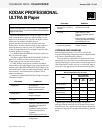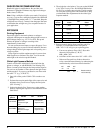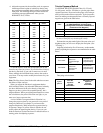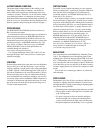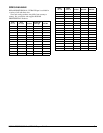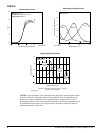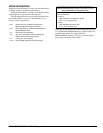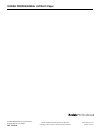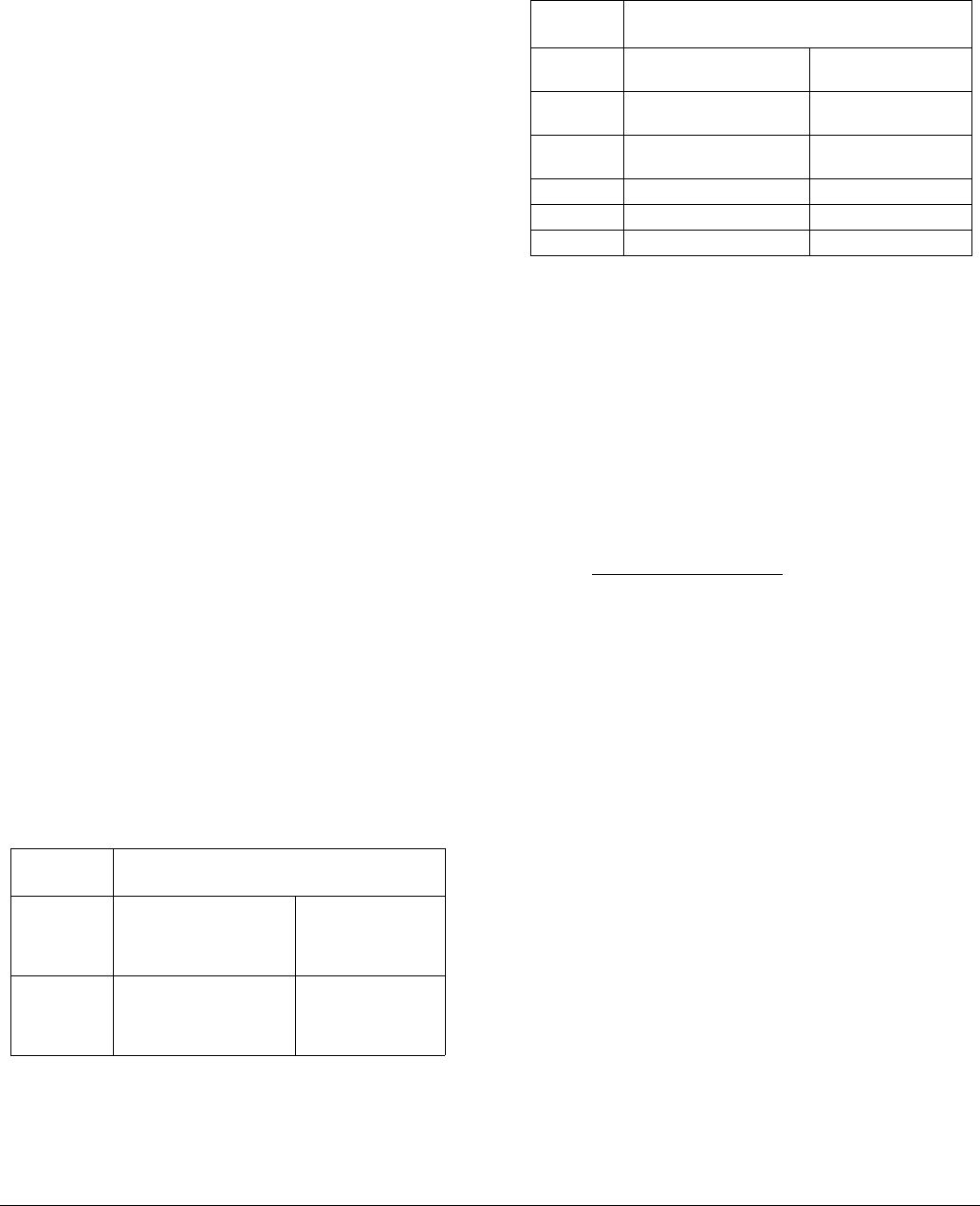
2 KODAK PROFESSIONAL ULTRA III Paper • E-142
DARKROOM RECOMMENDATIONS
Handle this paper in total darkness. Be sure that your
darkroom is lighttight. Eliminate stray light from enlarger
heads, timers, LEDs, etc.
Note: Using a safelight will affect your results. If absolutely
necessary, you can use a safelight equipped with a KODAK
13 Safelight Filter (amber) with a 7
1
⁄
2
-watt bulb. Keep the
safelight at least 4 feet (1.2 metres) from the paper. Run tests
to determine that safelight use gives acceptable results for
your application.
EXPOSURE
Printing Equipment
Expose this paper in automatic printers or enlargers
equipped with tungsten or tungsten-halogen light sources or
photo enlarger lamps (e.g., No. 212 or 302). Set up and
balance the printer or enlarger according to the
manufacturer’s instructions.
Do not use fluorescent lamps to expose this paper. Use a
heat-absorbing glass to remove infrared radiation. Because
voltage changes affect light output and color quality, use a
voltage regulator.
Keep negatives and the equipment optical system clean.
Mask negatives to eliminate stray light. You can use the
white-light or the tricolor exposure method.
White-Light Exposure Method
Control color balance with dichroic filters built into the
printer or enlarger, or with KODAK Color Printing (CP)
Filters (Acetate) placed between the lamp and the negative.
You can use any number of filters between the light source
and the negative. If you use cyan filtration, use filters with
the suffix “-2” (e.g., “CP10C-2”).
1. Start with a filter pack of 50M + 70Y to make a test
print.
2. Evaluate the test print under light of the same color and
brightness that you will use to display the final print.
(See “Viewing”.)
3. Judge print density first. If necessary, make another
print by adjusting the exposure as recommended in the
table below:
If your
print is
Do this OR Do this
TOO LIGHT
Open the lens
aperture to
increase the light
level
Increase the
exposure time
TOO DARK
Close the lens
aperture to
decrease the light
level
Decrease the
exposure time
4. Then judge the color balance. You can use the KODAK
Color Print Viewing Filter Kit, KODAK Publication
No. R-25, to evaluate your test print. The kit contains
18 color-print viewing filters and instructions to help
you determine filter adjustments for the white-light
exposure method.
5. Remove neutral density from your filter pack. For
example, if you determine that a filter pack of
40R + 10Y + 10C will give you a pleasing print:
a. Convert any primary filters (R, G, B) to their
subtractive equivalents (C, M, Y):
40R = 40M + 40Y.
b. Add filters of the same color: 10Y + 40Y = 50Y.
c. If the new filter pack has all three subtractive
colors, cancel the neutral density by subtracting the
smallest density value from all three densities:
If your
print is
S u b t r a c t t h e s e
filters
OR
Add these
filters
CYAN
Magenta + Yellow
(Red)
Cyan
MAGENTA
Cyan + Yellow
(Green)
Magenta
YELLOW
Magenta + Cyan
(Blue)
Ye l l o w
RED Cyan Magenta + Yellow
GREEN Magenta Cyan + Yellow
BLUE Yellow Cyan + Magenta
10C 40M 50Y
–10 –10 –10
30M 40Y =
filtration without
neutral density



